YOU ARE LEARNING:
Organisation
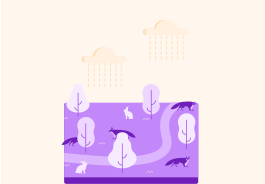
Organisation
Ecosystems contain different levels of organisation - from individual organisms, to populations, to communities.
Ecology is the area of biology that looks at how organisms, and groups of organisms, interact with each other and the world around us. Ecology wants to work out why organisms live where they live and in what numbers.
Our world contains different ecosystems, which contain different levels of organisation. What do you think the simplest level of organisation might be in ecology?

The simplest level of organisation is the individual organism...
any organism from a single-celled bacteria to the mighty blue whale!
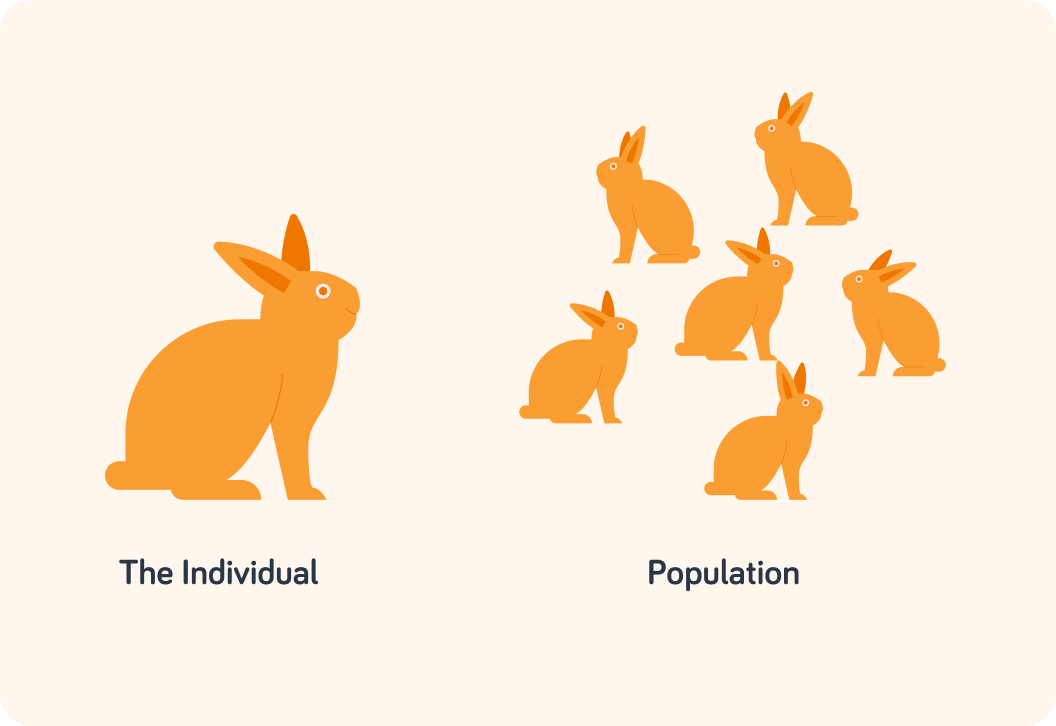
The next level is the "population". Look at the image. What does the term "population" refer to?


So a population means a group of organisms of the same species in a given area.
It's important to state they live in the same area!

This is because the population of foxes in London are not the same as the population of foxes in Bristol.
They are in different places and will have different numbers of individuals.

A population must only contain a single species. What is a species?

A community is a collection of different populations found in a given area. In this area of grassy parkland, how many populations can you see that make up this community?

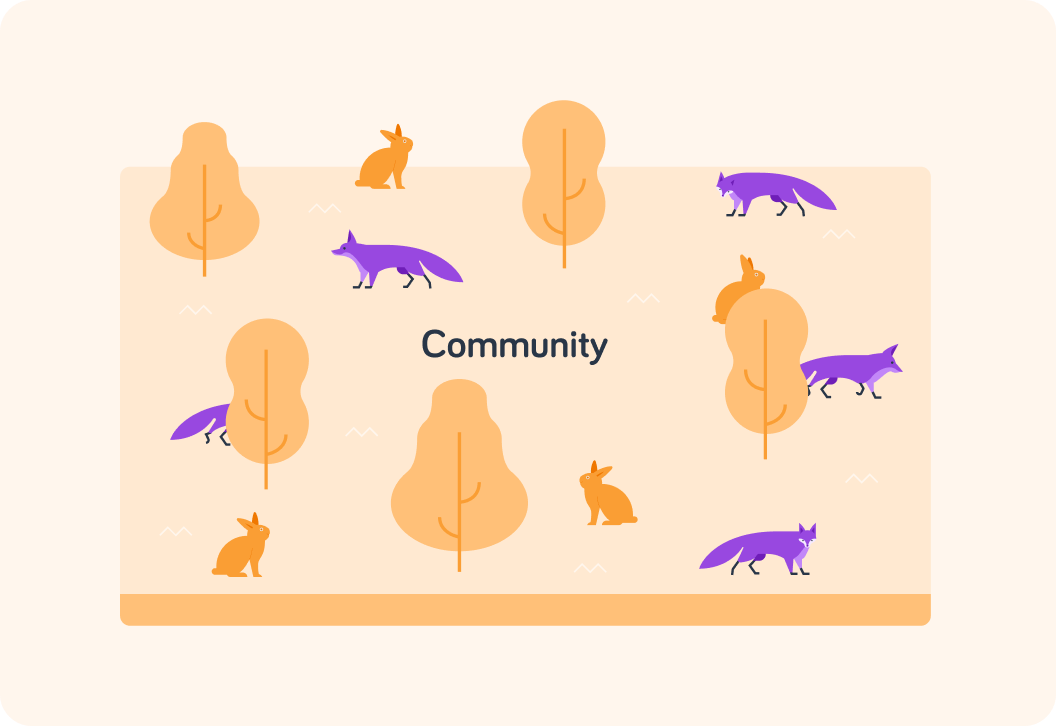
In reality, communities of organisms do not live in isolation from the physical non-living world.
An ecosystem is made up of all living (biotic) organisms and all the physical non-living (abiotic) factors in the area of the community.
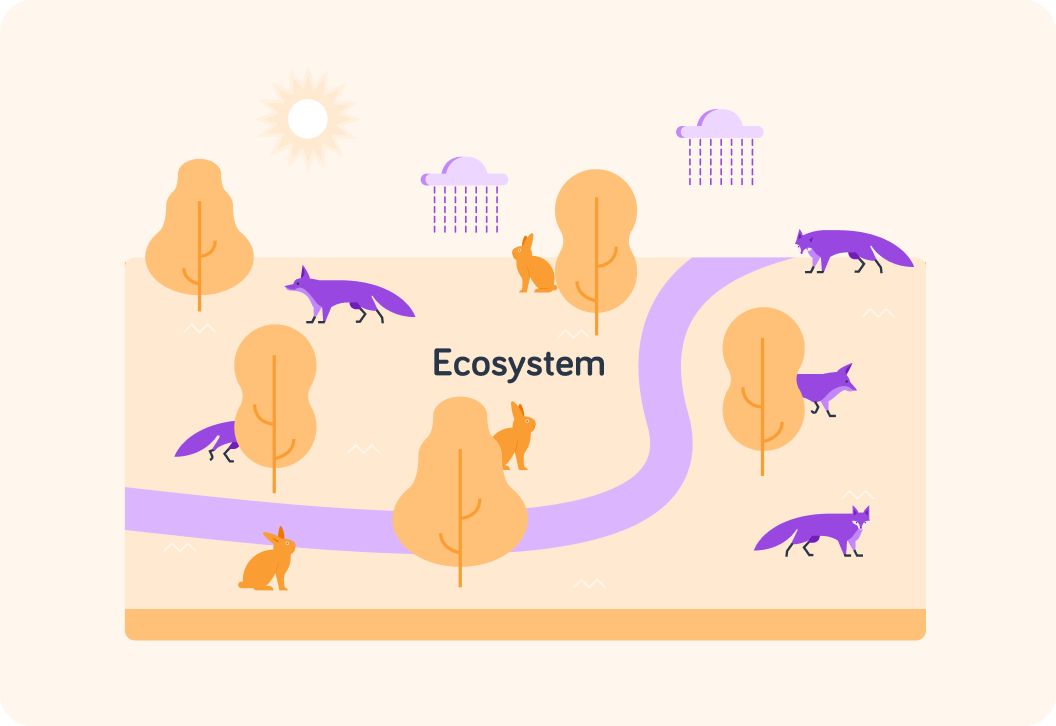
Pick all the options that you think are correct examples of abiotic factors that can make up an ecosystem.

You can select multiple answers
The very top level of organisation is the biosphere. What do you think this contains?

When talking about populations, communities and ecosystems, it is very important to define or state the area for several reasons. What might these reasons be?

You can select multiple answers
From the largest to the smallest, the hierarchy of ecological systems goes like this: Biosphere -ecosystem - community - population - individual.
Summary!
Many individuals of the same species in the same area are called a population.
A community is a collection of different populations found in a given area.
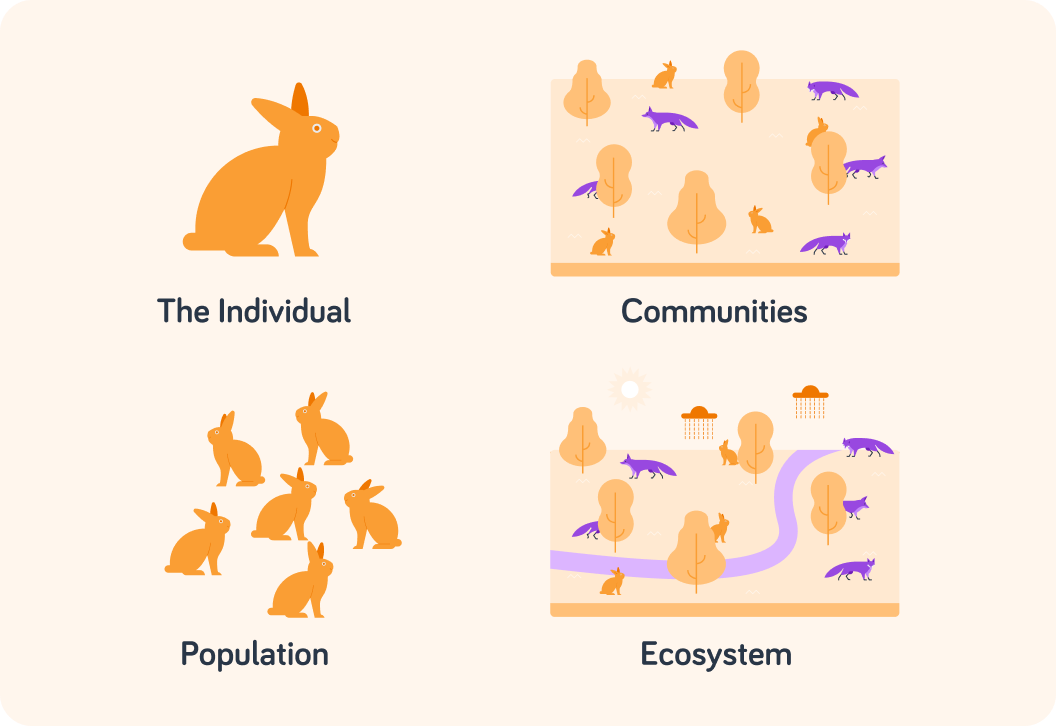
Lastly, ecosystems are different groups of organisms interacting in the same area, which are exposed to the same biotic (e.g. species) and abiotic (e.g. weather) factors.
And ecology is the study of the interactions between these living organisms and their environment.

